2018 Hyundai Santro review, road test
The original Hyundai Santro was synonymous with practicality, ease of use and efficiency. Does the new, second-gen car live up to the legendary name?
Published on Nov 27, 2018 05:09:00 PM
78,314 Views
Follow us on
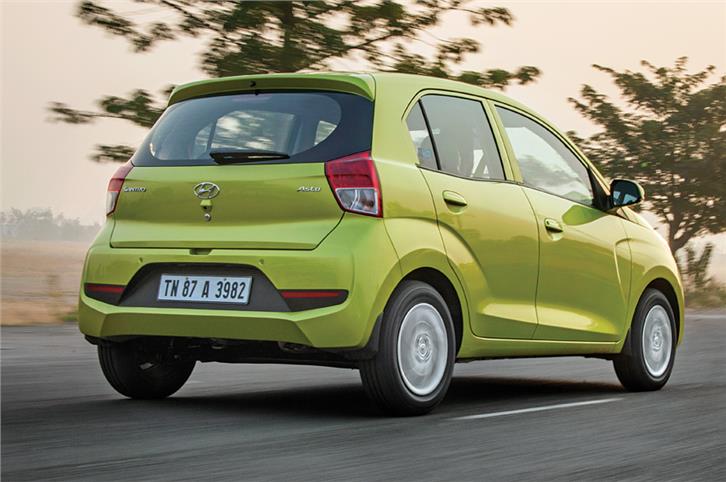
New car is wider and longer than the original Santro, and isn’t as upright in stance.
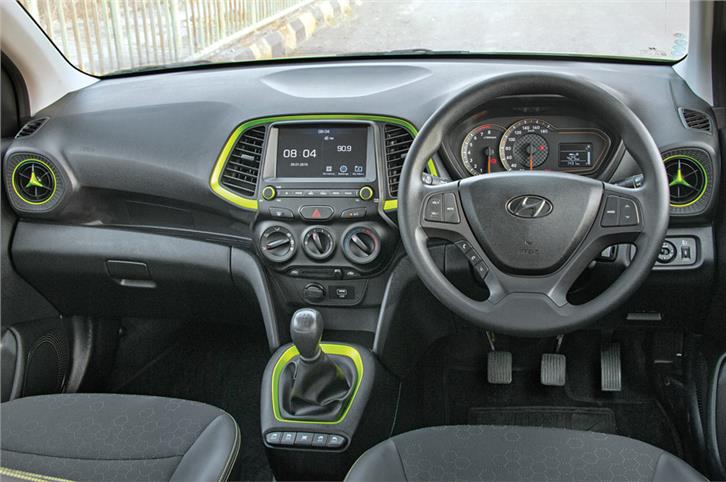
Well-finished cabin has a lot of feel-good elements. Black interior with green trim exclusive with Dana Green exterior paint.

Large windows and generous space make rear section feel airy.
A high roof defined the original Santro’s design. The new car that’s longer and wider than its predecessor, and whose roof is 30mm lower, is more conventional in shape. Hyundai designers say the look is a new-age reinterpretation of the original tall boy stance, calling it a ‘modern tall boy’ that better addresses the contradictory needs of practicality and style. We’ll talk practicality in the next section of the test, but the styling package, on the whole, sure is polarising.
As has become the norm on new Hyundais, the Santro’s front end is dominated by the signature ‘cascading’ grille that sits low on the bumper. The grille is large as is, but what makes it look larger still is that it extends sideways to encompass the high-set fog lamps. Also unique in its own way is the position of the Hyundai logo on the ‘V’ of the bonnet (flanked by the sharply cut headlights) rather than on the grille. While some find the Santro’s face chic, there are many who think it is overdone and disproportionately wide. Then again, the original Santro’s awkward styling was pretty controversial too.

There are some interesting, if also less controversial details at the sides. The bodywork is embellished by a boomerang-like detail near the front wheel arches, there’s a neat arc above the rear wheel arches and there’s also a pronounced crease lower down on the doors. These design elements seem a bit overdone on a car so small but they certainly get your attention. Also unique is the kink in the window line at the rear doors. It’s not only a stylistic touch but it serves a practical purpose too by making the glass area bigger and hence enhancing the view out for rear passengers. The flimsy, lift-type door handles tell you where costs have been saved, and even the top-spec trim cars do without alloy wheels. What’s also less than impressive is the Santro’s rear end. The small tail-lights look too basic and it’s only the smartly done bumper that adds some style at the rear.
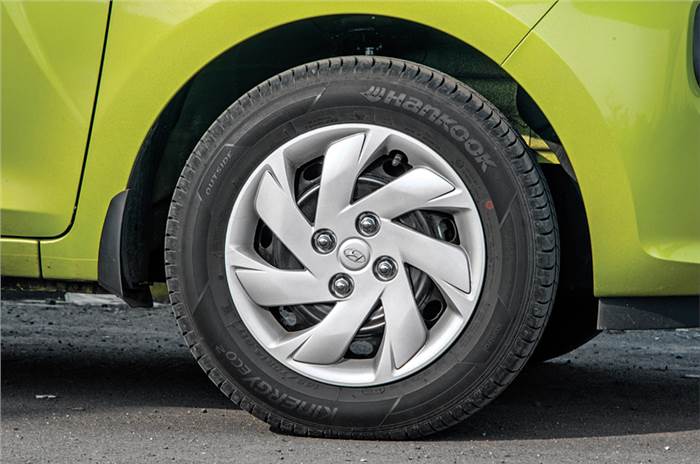
Under the skin, it’s largely only the 1.1-litre, four-cylinder petrol engine that links the old and new Santros. The new one actually uses the Grand i10’s K1 platform as its basis. Sixty-three percent of the body is made of advanced high-strength steel and high-strength steel that, Hyundai says, is not only relatively rigid and light but also helps refinement. To further keep external sounds to a minimum, there’s insulation on the firewall and floor, and a double-sealing weatherstrip has been used on the doors and body too. Elsewhere, the Santro is fairly standard fare. It uses an electric power steering, the suspension is a combination of front MacPherson struts and a rear twist beam, and braking is via front discs and rear drums with standard ABS and EBD.
Copyright (c) Autocar India. All rights reserved.



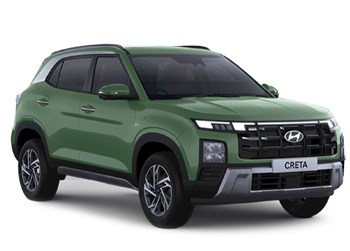
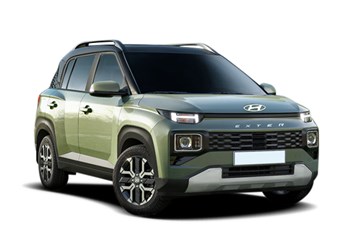
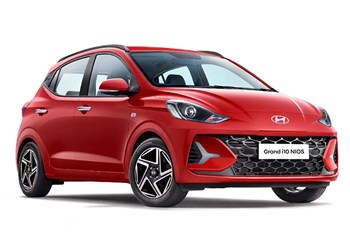
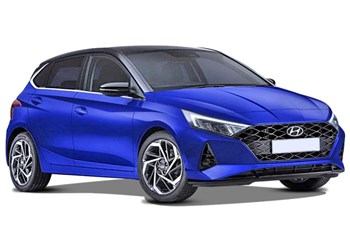
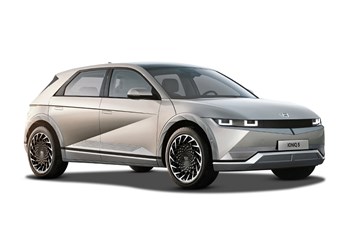
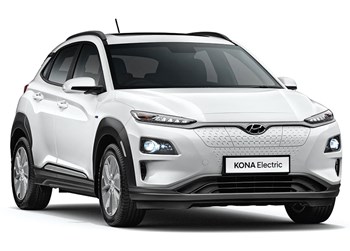







Comments
Member Login
Personal Details
No comments yet. Be the first to comment.